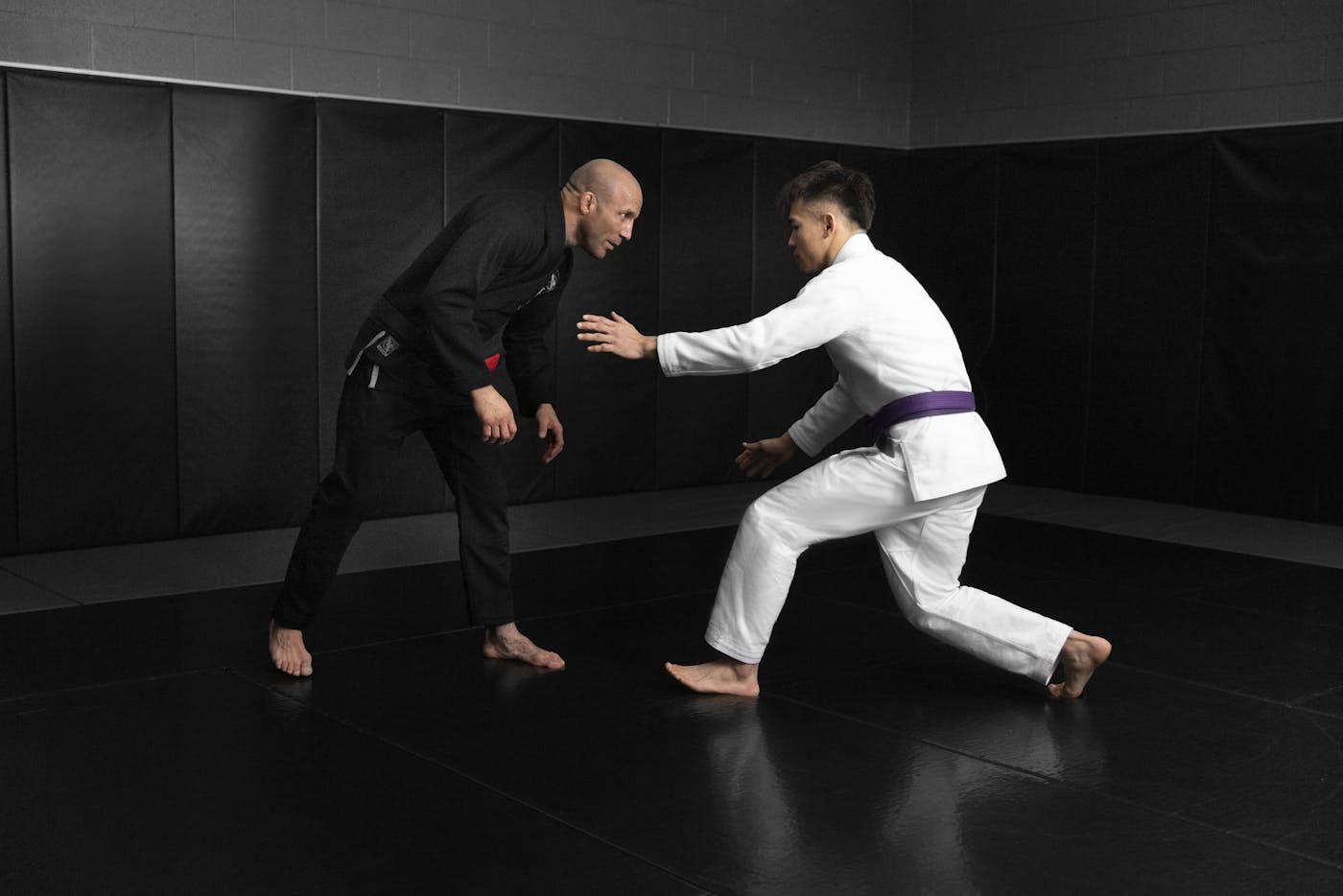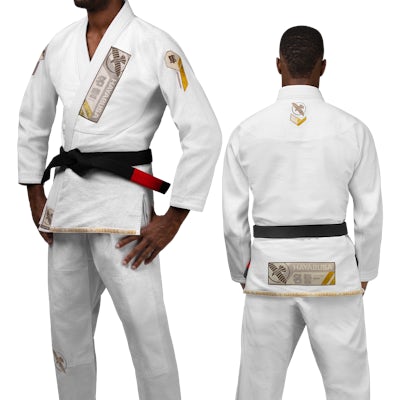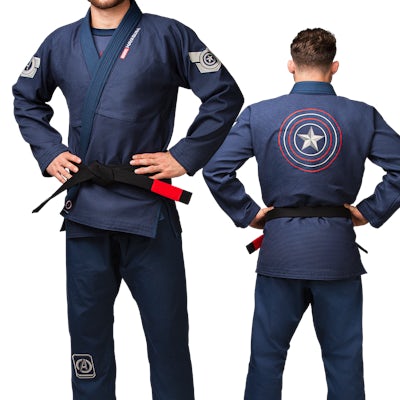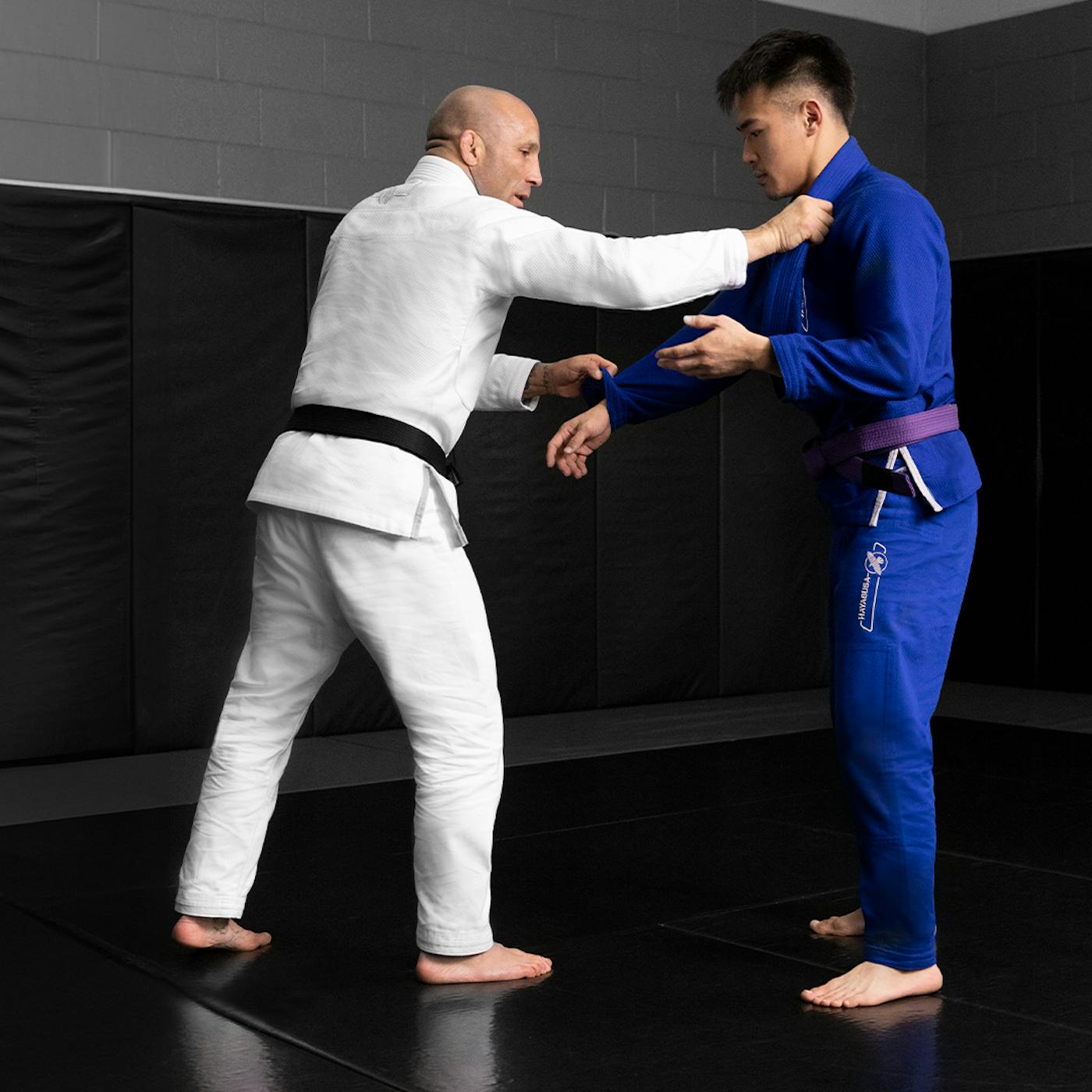The practice of jiu-jitsu involves a holistic approach to training. While strength and technique are often the focus, flexibility and mobility are as important.
Mobility and strength go hand-in-hand to support overall performance. Plus, athletes who invest in flexibility training often suffer fewer injuries on the mat.
In this guide, we’ll explore the importance of BJJ flexibility and mobility and how to approach your training with a BJJ stretching routine in mind to prolong your combat journey.
Why Flexibility and Mobility Matter in BJJ
BJJ involves inversions and bending the body in various positions, which requires mobility in the joints and flexibility in the spine.
Stiffness in the body can cause challenges in performing techniques and finding a good rhythm, which is why flexibility drills for BJJ top of the list when it comes to training.
The better the mobility, the easier and safer it is during rolls and the greater the likelihood of preventing injuries in submissions.
Common Problem Areas for Jiu-Jitsu Athletes
Improving flexibility in one area of the body doesn’t automatically mean the same flexibility in another.
A holistic approach to jiu-jitsu mobility supports smoother movement for various techniques. The main areas of focus include:
- Hips: Hips that are too tight will limit guard options before causing pain or injury.
- Shoulders: Stiff shoulders are vulnerable to kimuras, armbars, and Americanas.
- Spine & Lower Back: An inflexible spine impedes movements, including bridging, passing, and inversions.
- Knees: Joint mobility is critical for guard work and defense.

Stretches to Add to Improve BJJ Flexibility
- Hip Openers: Pigeon pose and butterfly stretch are key hip openers to gently introduce greater flexibility over time.
- Hamstring Flexibility: Forward folds and leg raises while lying on the back help to loosen up tight hamstrings and promote more agile movements.
- Shoulder Mobility: Alleviate stiffness in the shoulder with arm cross-body stretches on both sides – hold each side for several seconds to feel the full impact.
- Spinal Mobility: Slow cat-cow movements and seated twists are beneficial in decompressing the spine and keeping it mobile for all the BJJ body twists during training.
Jiu-Jitsu Mobility Drills for Rolling and Recovery
Adding mobility drills and stretches for jiu-jitsu is a necessary part of everyday training.
Attention to each area warms up (and cools down) the muscles so you can perform your best on the mat. For rolling and recovery, flexibility drills for BJJ include:
- Dynamic, alternating-leg lunges with gentle torso rotation during warm-up
- Hip bridges for core strength to help with balance and control
- Side stretches and gentle neck stretches to keep the muscles loose and limber
- Standing quad stretch, foam rolling, and band work for jiu-jitsu recovery
Hayabusa Essential Gold Weave Jiu-Jitsu Gi

Hayabusa Ascend Lightweight Jiu Jitsu Gi

Marvel's Captain America Jiu Jitsu Gi

Hayabusa Warrior Gold Weave Jiu Jitsu Gi

Building a Jiu-Jitsu Longevity Plan with Flexibility
Consistency is a key to improving BJJ flexibility and mobility over time. Here are a few tips to best support your efforts:
- Stretch 10-15 minutes before and after your bag work or sparring session.
- Track progress as you train based on agility and positional comfort levels.
- Combine with strength training for a full-body approach to conditioning.
- Consider incorporating jiu-jitsu yoga, Pilates, or other flexibility-focused practices into your regimen.
Maximize Mobility for Your Jiu-Jitsu Training
Flexibility and mobility are the foundation of long-term BJJ success.
Prioritizing jiu-jitsu stretching with every session will result in more fluid movements, more effective guard technique, and greater protection against injuries.
Hayabusa supports fighters in every phase of training with durable Gis, Rash Guards, and performance apparel. Get all the gear you need to get to the next level.



